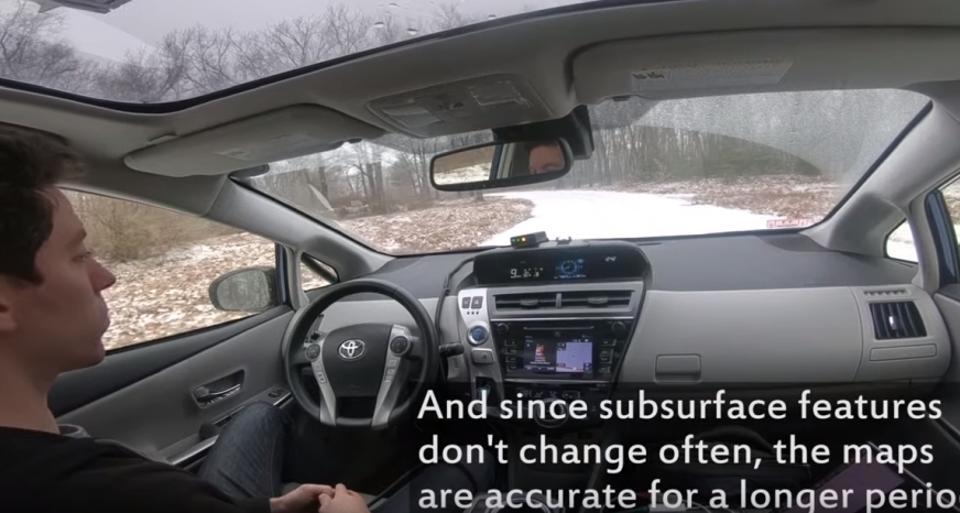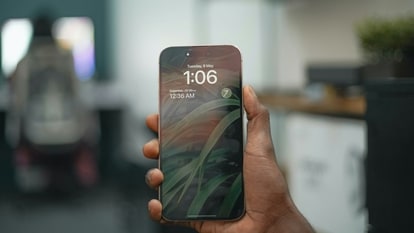MIT’s ground-penetrating radar allows self-driving cars to see beneath
MIT has developed a system that uses a technology named “ground-penetrating radar” (GPR) to send electromagnetic pulses underground.


Self-driving cars with a person sitting behind the wheel is already a reality. Research is being carried out to improve the technology but self-driving cars find it hard during bad weather. Now, Massachusetts Institute of Technology (MIT) has come up with tech that can help solve this problem.
A team from Computer Science and Artificial Intelligence Lab in MIT has developed a system that uses a technology named "ground-penetrating radar" (GPR) to send electromagnetic pulses underground.
It helps measure combination of soil, rocks and roots of that specific area. The technology enables one to "see" up to 10-feet below the surface of the road.
The new system uses a particular form of GPR instrument which the MIT researchers have termed "Localizing Ground Penetrating Radar" (LGPR). This technology will quantify specific elements and compare to the map that it has already created so that it can identify its location without the help of cameras or lasers.
LGPR creates a map of what's below the surface of the road that helps the self-driving car to determine where it is located or positioned.
"If you or I grabbed a shovel and dug it into the ground, all we're going to see is a bunch of dirt. But LGPR can quantify the specific elements and compare that to the map it's already created so that it knows exactly where it is," Teddy Ort, lead author of the research paper, was quoted as saying by The Robot Report. Ort is a PhD student at MIT.
In a video released by MIT on February 24, the research team has explained how the new technology is working on a road covered in snow.
A report by ExtremeTech says that the technology can also work inside a parking garage. The concrete, reinforcing metal bar and conduit at a garage creates the same kind of unique digital signature like in a highway.
The self-driving cars available at present rely on cameras and light detection sensors (LIDAR) to navigate.
Catch all the Latest Tech News, Mobile News, Laptop News, Gaming news, Wearables News , How To News, also keep up with us on Whatsapp channel,Twitter, Facebook, Google News, and Instagram. For our latest videos, subscribe to our YouTube channel.


























